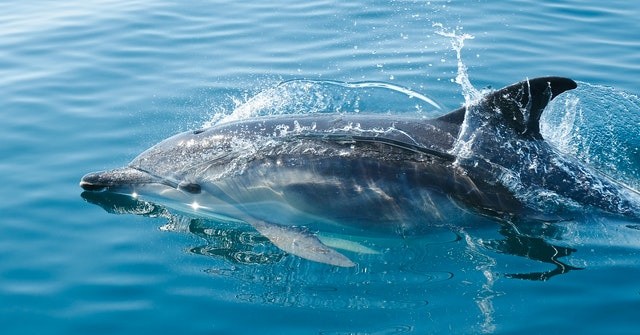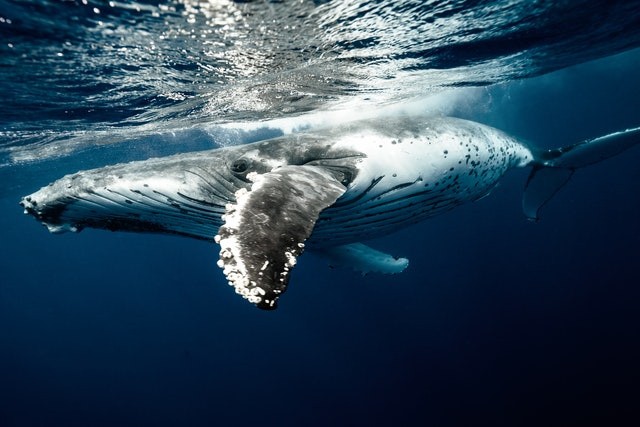End of the Cretaceous period giant mosasaur in Morocco that could have gotten to eight meters long is the third new species to be identified from the region in less than a year, bringing the sum of up to at least 13 species.

Giant Marine Lizards
The high diversity of the fauna reveals how mosasaurs, giant marine lizards related to Komodo dragons and snakes, flourished in the last million years of the Cretaceous period before they were wiped out with most of all species on Earth, by the giant asteroid impact 66 million years ago.
The new species, called Pluridens serpentis, had long, slim jaws with more than a hundred sharp, fanglike teeth to capture small prey such as squid and fish. It had small eyes compared to species it is related to, indicating poor vision. But there are dozens of openings for nerves in the snout, hinting at their hunting ability is by sensing movements of water and changes in pressure.
These nerves may have been responsive to little variations in water pressure, an adaptation that can be found in sea snakes. Senior lecturer at the Milner Centre for Evolution at the University of Bath, Dr Nick Longrich who led the study said: "Generally, when animals develop small eyes, it's due to the fact that they're depending more heavily on other senses."
Also Read : New Discovery: The Largest Dinosaur, 'The Spinosaurus' Was Not Well-Adapted To Aquatic Life
Aquatic Lizards and Snakes Uses Chemical Signals to Track Their Prey
The fact that Pluridens possessed so many nerves in the face may imply that it was making use of changes in water pressure to identify animals in low-light conditions, either during the night or in deep, dark water. Mosasaurs may also have possessed other senses within their reach.
Longrich said if it wasn't making use of the eyes, then it's very possible that it was making use of the tongue to hunt, just like a snake. Most aquatic lizards and snakes - filesnakes, water monitors, sea snakes - flick their forked tongues under the water, using chemical signals to trail their prey. Mosasaurs would have looked like dolphins and whales, so it's tempting to think they lived like them.
"But they're very distinct beasts - they're big lizards - so they probably behaved like them." While majority of its relatives were not huge, just a few meters long, Pluridens got big, possibly eight meters long. The largest individuals possessed thick, heavily built jawbones.

Jaw of Pluridens
Dr. Longrich said there is a possibility that big males were battling with these jaws. In some beaked whales, the males have enormous jaws they use to battle with, and male sperm whales can be highly hostile and combative. Some Pluridens jaws display healing injuries, which gives a suggestion of some violent fights.
The Moroccan mosasaurs were wildly assorted. Some possessed small teeth for grabbing fish and squid, others developed blunt teeth used in crushing clams, ammonites, and crustaceans, while others possessed teeth created to cut or tear other marine animals apart - both other mosasaurs.
Related Article : Mosasaur: Giant Dinosaur Water Lizard That Had Teeth Like Shark
For more news, updates about giant sea lizards and similar topics don't forget to follow Nature World News!
© 2025 NatureWorldNews.com All rights reserved. Do not reproduce without permission.





